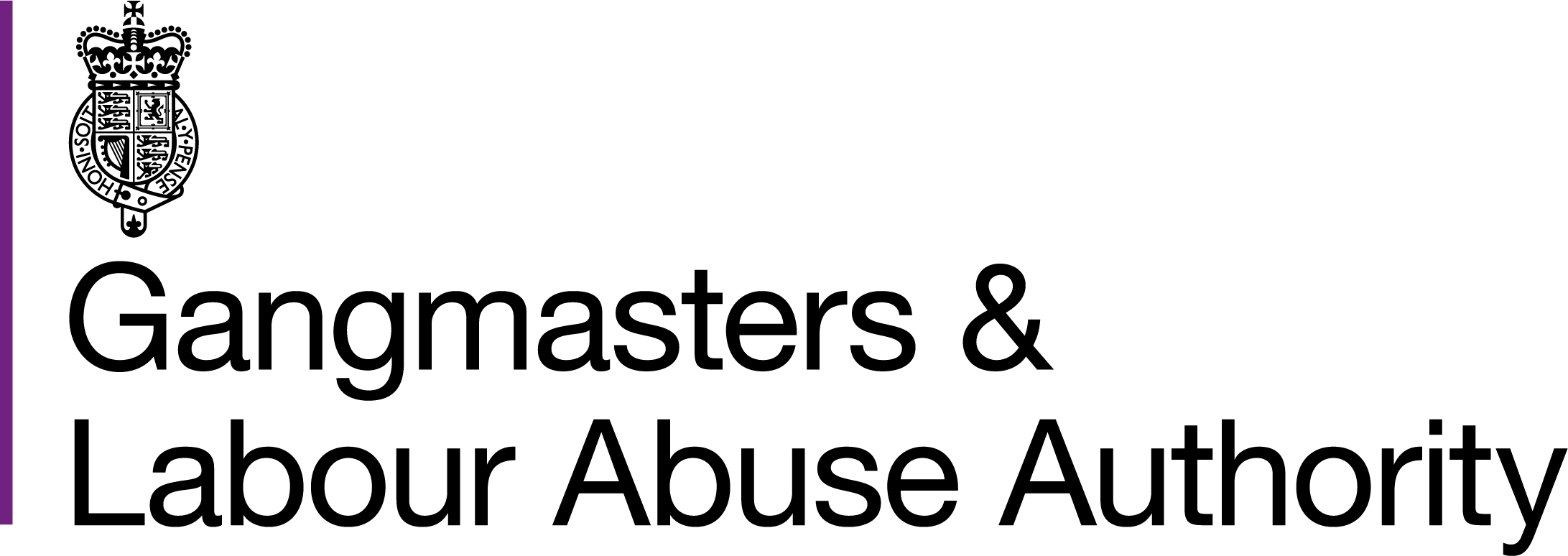Industry Profile - Agriculture - 2020
Here we look at labour exploitation in the agricultural industry and the headline trends for this sector including victim profiles, location, how they are recruited and transported to the UK.
Victim profile
Victims are reported to work in groups consisting of both male and female workers. However males feature predominantly. Where reported, age is usually below 35 years.
Vulnerable victims are targeted including irregular migrants.
Romanian nationals feature predominantly, followed by Bulgarian, Polish and Lithuanian nationals.
Location
Higher reporting in the Lincolnshire area - namely vegetables and flowers. Also, Cornwall where they grow flowers and Somerset which has various crops.
Reports concern a variety of crops, predominantly fruit, vegetables and flowers. There are far fewer reports concerning cereals and livestock.
Recruitment
Recruitment often takes place via a gangmaster/labour provider, and some do not hold a GLAA licence. Most appear to operate in the UK, although some are based overseas.
Job advertisements are placed on social media and the wider internet. There are also reports of recruitment via family and social media.
Transport to the UK
Where recruitment takes place overseas the exploiter will often arrange travel to the UK. Limited reports suggest methods of transport include bus and aeroplane.
Accommodation
Accommodation is usually provided in a caravan, also residential properties. There are sometimes health and safety issues around suitability of accommodation and limited reports of workers living in outbuildings with no basic amenities.
Payment
Problems with payment are often reported: withheld wages, usually non-payment of overtime and/or holiday pay. Also, payment below National Minimum Wage generally related to piece work (where a worker is paid for produce picked) and deductions for transport and/or accommodation.
Working conditions
Health and safety is a concern within the sector and injuries may be the result of inadequate training and/or lack of PPE. There are limited reports of threats being used to control workers and workers having no access to the bank account into which wages are paid.
Horizon scanning
The sector is reliant on seasonal workers and a fall in immigration for work purposes has resulted in increasing difficulties in sourcing labour. The introduction of the points-based immigration system may have a further impact on this.
The pandemic has also depleted the workforce and is likely to have some bearing on the global supply chain.
The future of the agricultural sector is dependent on trade deals being agreed and access to seasonal migrant workers.
It is likely the demographic of the workforce will change, and a growing number of non-EU nationals may be employed in the sector.
Key questions to prevent and identify labour exploitation
• Do recruitment processes include questions to identify whether a person may have been trafficked, paid work finding fees, or was otherwise exploited whilst seeking employment?
• Do you have any additional due diligence checks for workers at risk of being exploited? Including access to translation services?
• Are there regular audits to identify and address any exploitative labour practices?
• Do you actively use risk analysis to identify key areas at risk of modern slavery and exploitation in your business?
• Are business policies, including whistleblowing, ethical rights and health and safety, all fit for purpose in identifying, reporting and handling reports of labour exploitation and modern slavery?
• Do members of your organisation and your supply chain receive training on spotting the signs of modern slavery and labour exploitation?
• Do you have an internal escalation process if you identify an issue of exploitation? Do you know who to contact?
What to consider when reporting intelligence
Example: Migrants are working on a farm for very little money.
What other information may assist the GLAA?
- Provide the address of the farm and more details about the workers involved such as their known or suspected nationality.
- Do any appear to be minors?
- Male or female?
- What hours do they work? Are shift start/end times known?
- How are workers arriving, are there vehicle details?
- How much are workers paid?
- How does recruitment occur?
- Who is the farm owned or run by?
Whilst not all factors may be known, any additional details will assist the GLAA in identifying people and locations involved for operational purposes and to improve our intelligence picture.
More information is available in the agricultural section of our website.
Other GLAA resources are available including our Spotting the Signs leaflet.
Who to contact
Please report to the GLAA:
• Unlicensed trading in the regulated sector (agriculture, horticulture, shellfish gathering and any associated processing and packaging) across the UK.
• Labour market offences (non-payment of the National Minimum Wage, breach of Employment Agency Standards) in the regulated sector in England and Wales
• Individuals, labour users or labour providers who are suspected of modern slavery and human trafficking in any labour industry (excluding sexual exploitation), or individuals who are potential victims of such activity in England and Wales.
Please report to partners:
• Issues of National Minimum Wage only, in sectors that are not GLAA regulated to the HMRC NMW team (https://www.gov.uk/government/organisations/hm-revenue-customs/contact/national-minimum-wage-enquiries-and-complaints)
• Health and safety issues only (all sectors) to the Health and Safety Executive (http://www.hse.gov.uk/contact/concerns.htm)
• Workplace relations and employment law issues (including contract issues, discrimination and grievances) to the Advisory, Conciliation and Arbitration Service (ACAS) (https://www.acas.org.uk/index.aspx?articleid=1410)
• When there is an immediate threat to life contact the police emergency number.
• To report labour exploitation, human trafficking or modern slavery outside of the regulated sectors in Northern Ireland or Scotland, contact the local police service.
